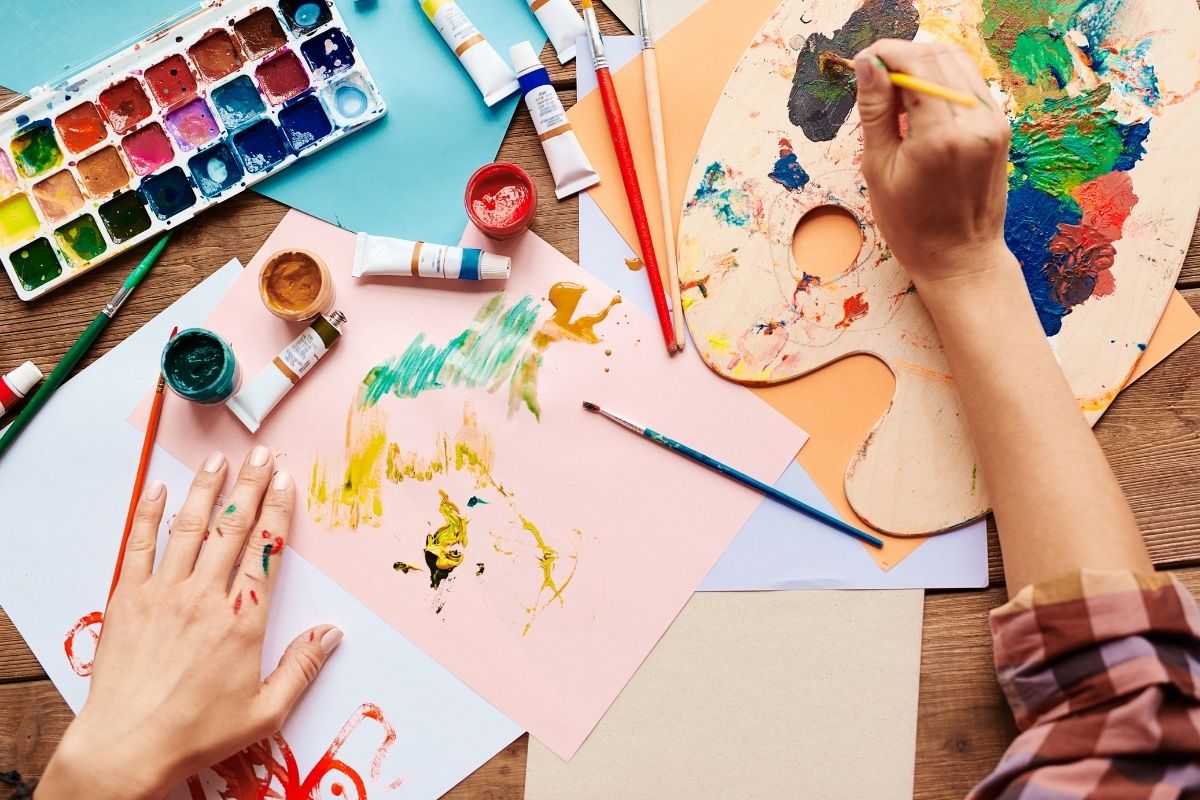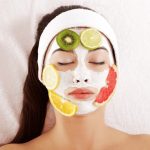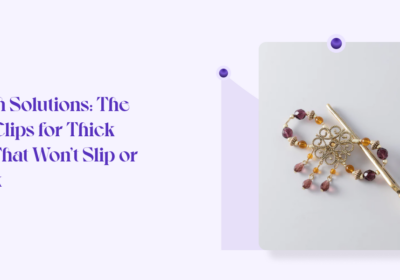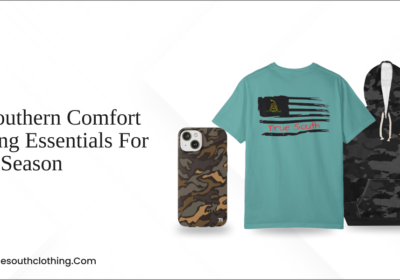
The Beauty of Wearable Art: Exploring the Fusion of Fashion and Creativity
Key Takeaways:
- Wearable art has a long history, evolving from ancient civilizations to modern-day fashion.
- Artists and designers use innovative techniques and materials in wearable art, such as 3D printing and unconventional materials.
- Wearable art blends fashion and art, challenging traditional notions and redefining the runway.
- Wearable art celebrates individuality and allows for self-expression.
- Artists use wearable art to break boundaries, communicate social and political messages, and empower individuals.
- Wearable art explores different forms, including jewelry, unconventional garments, and artistic accessories.
- Wearable art preserves cultural heritage and showcases cross-cultural exchange.
- Wearable art reflects societal issues and movements, raising awareness and promoting positive change.
The Evolution of Wearable Art
1. From Ancient Times to Modern Day: A Brief History
Wearable art has a long and rich history that dates back to ancient times. In civilizations such as ancient Egypt, Greece, and Rome, jewelry was not just worn for decorative purposes but also symbolized power, wealth, and social status. These early forms of wearable art were often crafted using precious metals, gemstones, and intricate techniques such as filigree and granulation.
As time went on, wearable art continued to evolve, with different cultures and artistic movements leaving their mark. During the Renaissance period, elaborate clothing adorned with intricate embroidery and lace became the epitome of wearable art. In the 20th century, avant-garde artists such as Salvador Dali and Alexander Calder pushed the boundaries of traditional jewelry and fashion, creating wearable sculptures that challenged societal norms.
Today, wearable art has become an integral part of contemporary fashion and design. Artists and designers combine traditional craftsmanship with innovative techniques and materials to create unique pieces that blur the line between fashion and art.
2. Innovative Techniques and Materials in Wearable Art
One of the defining characteristics of wearable art is the use of innovative techniques and materials. Artists and designers are constantly pushing the boundaries of traditional craftsmanship to create pieces that are both visually stunning and conceptually compelling.
One example of an innovative technique used in wearable art is 3D printing. This technology allows designers to create intricate and complex shapes that would be impossible to achieve using traditional manufacturing methods. By combining digital design with traditional craftsmanship, artists can bring their ideas to life in ways that were once unimaginable.
In addition to innovative techniques, wearable art also incorporates a wide range of materials beyond traditional metals and gemstones. Artists and designers are experimenting with unconventional materials such as recycled plastics, fabric scraps, and even organic matter like leaves and feathers. These materials not only add visual interest to the pieces but also convey deeper meanings and messages related to sustainability and environmental consciousness.
3. The Intersection of Fashion and Art: How Wearable Art Is Redefining the Runways
In recent years, wearable art has gained recognition in the world of fashion, challenging traditional notions of what constitutes high-end design. Fashion designers are increasingly collaborating with artists to create unique collections that merge the worlds of fashion and art.
These collaborations often result in runway shows that are more akin to contemporary art installations. Models walk the runway wearing garments and accessories that transform their bodies into living sculptures. The lines between fashion and art blur as the pieces become a canvas for artistic expression.
Wearable art on the runway not only captivates audiences but also encourages viewers to question societal norms and conventions. By presenting fashion as a form of art, designers, and artists challenge the notion that clothing is purely functional. They invite viewers to embrace the idea that fashion can be a means of self-expression and personal empowerment.
The Power of Self-Expression through Wearable Art
1. Embracing Individuality: How Wearable Art Celebrates Personal Style
One of the most powerful aspects of wearable art is its ability to celebrate individuality and personal style. Unlike mass-produced clothing and accessories, wearable art pieces are often one-of-a-kind or limited editions, ensuring that the wearer stands out from the crowd.
Wearable art allows individuals to express their unique personalities and tastes through the pieces they choose to wear. Whether it’s a bold statement necklace or a hand-painted jacket, these pieces become extensions of the wearer’s identity, conveying their values, passions, and artistic sensibilities.
Furthermore, wearable art encourages individuals to think outside the box when it comes to fashion choices. It challenges conventional ideas of what is considered “trendy” or “in style” and encourages individuals to embrace their own aesthetics and preferences.
2. Artists as Fashion Revolutionaries: Breaking Boundaries with Wearable Art
Artists have long been at the forefront of societal change and cultural revolution, and wearable art is no exception. Through their creations, artists challenge traditional notions of beauty, gender, and identity, pushing the boundaries of what is considered acceptable in the world of fashion.
Wearable art offers a platform for artists to communicate their thoughts, opinions, and perspectives on a wide range of social and political issues. From addressing climate change to promoting inclusivity and diversity, wearable art has the power to spark conversations and inspire change.
By using fashion as a medium for expression, artists can reach a wider audience and engage with individuals who may not typically be interested in traditional art forms. Wearable art becomes a conversation starter, prompting viewers to question their own beliefs and values.
3. Empowerment and Identity: Exploring the Meaning behind Wearable Art
Wearable art is more than just a fashion statement; it carries deep symbolism and meaning for both the artist and the wearer. Through their creations, artists explore themes of empowerment, identity, and self-expression.
For the artist, wearable art becomes a vehicle for self-discovery and self-expression. It allows them to convey their thoughts, emotions, and experiences in a tangible and wearable form. Each piece becomes a reflection of their artistic journey and a representation of their unique voice.
For the wearer, wearable art can be a source of empowerment and a means of communicating their own identity. By donning a wearable art piece, individuals can connect with the artist’s vision and use it as a way to express their own values and beliefs.
Exploring Different Forms of Wearable Art
1. Jewelry as Art: The Intricate Craftsmanship of Wearable Masterpieces
Jewelry has long been considered a form of wearable art, with its intricate craftsmanship and use of precious materials. From elaborate necklaces and bracelets to avant-garde rings and earrings, jewelry as art showcases the skill and creativity of the designer.
Artistic jewelry often incorporates unconventional materials such as found objects, recycled materials, and non-traditional gemstones. These pieces challenge traditional notions of jewelry design and redefine what is considered valuable and precious.
Furthermore, jewelry as wearable art allows individuals to carry a piece of art with them at all times. It becomes a personal and intimate expression of style and personality.
2. Unconventional Garments: Fashion as a Canvas for Creativity
Wearable art is not limited to jewelry; it extends to unconventional garments that defy traditional fashion norms. Designers create clothing that is more than just functional; it becomes a canvas for creativity and artistic expression.
Unconventional garments often feature unique silhouettes, bold prints, and unexpected materials. They challenge traditional ideas of what clothing should look like and invite individuals to think critically about the purpose of fashion.
These wearable art garments often blur the line between fashion and sculpture, transforming the body into a living artwork. They encourage the wearer to embrace their individuality and think outside the box when it comes to personal style.
3. Accessories as Art: Elevating Everyday Items to Extraordinary Status
Wearable art is not limited to clothing and jewelry; it also extends to accessories that elevate everyday items to extraordinary status. From handcrafted bags and shoes to intricately designed hats and belts, accessories as art add a touch of creativity and uniqueness to any outfit.
Artistic accessories often feature intricate embellishments, unconventional materials, and eye-catching designs. They provide a way for individuals to express their personal style and make a statement without completely deviating from traditional fashion norms.
Furthermore, accessories as wearable art allow individuals to incorporate art into their everyday lives. Whether it’s a statement-making handbag or a whimsical pair of earrings, these pieces add a touch of artistry to even the most mundane activities.
The Cultural Influence of Wearable Art
1. Indigenous Artistic Traditions: Preserving Heritage through Wearable Art
Wearable art is deeply connected to cultural traditions and heritage, with indigenous communities around the world using clothing and accessories to preserve and showcase their unique artistic traditions.
Indigenous wearable art often incorporates traditional techniques such as weaving, beading, and embroidery, passed down through generations. These pieces not only celebrate the beauty of the culture but also serve as a means of cultural preservation and identity.
By embracing indigenous wearable art, individuals can support and celebrate the rich artistic traditions of these communities, ensuring they are passed on for future generations to appreciate.
2. Global Inspirations: Exploring the Cross-Cultural Exchange in Wearable Art
Wearable art showcases the beauty and diversity of cultures around the world, with artists drawing inspiration from different traditions and incorporating them into their creations.
Through cross-cultural exchange, wearable art becomes a reflection of the global community, blending different aesthetics, techniques, and materials to create unique and meaningful pieces.
By exploring and appreciating wearable art from different cultures, individuals can gain a deeper understanding of the world and its diverse artistic expressions.
3. Wearable Art as a Reflection of Societal Issues and Movements
Wearable art has the power to reflect and address societal issues and movements, providing a platform for artists to communicate their thoughts and opinions.
From addressing environmental concerns to promoting diversity and inclusivity, wearable art can raise awareness and spark conversations about important issues.
By supporting and engaging with wearable art that tackles societal issues, individuals can contribute to the larger conversation and promote positive change.


















